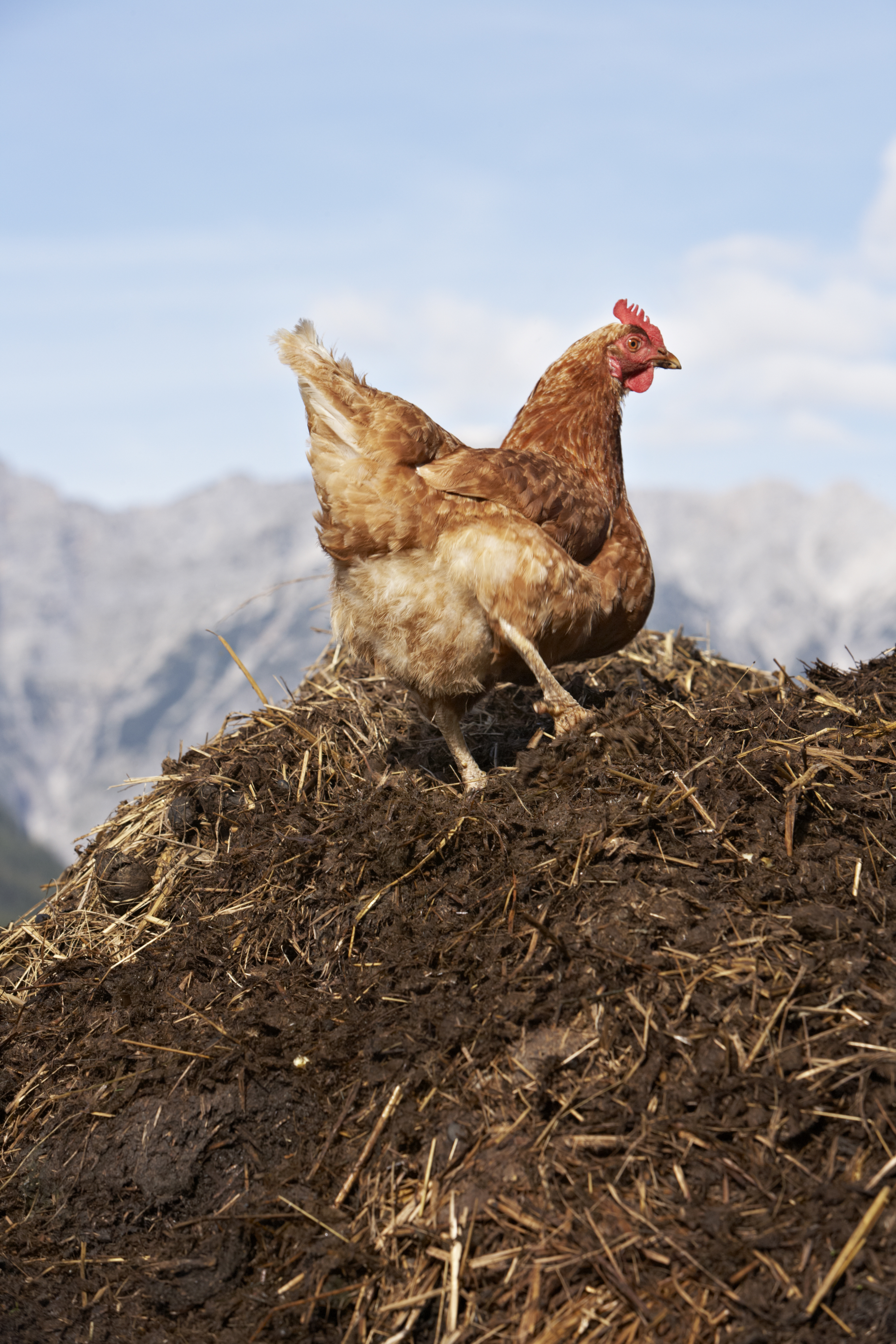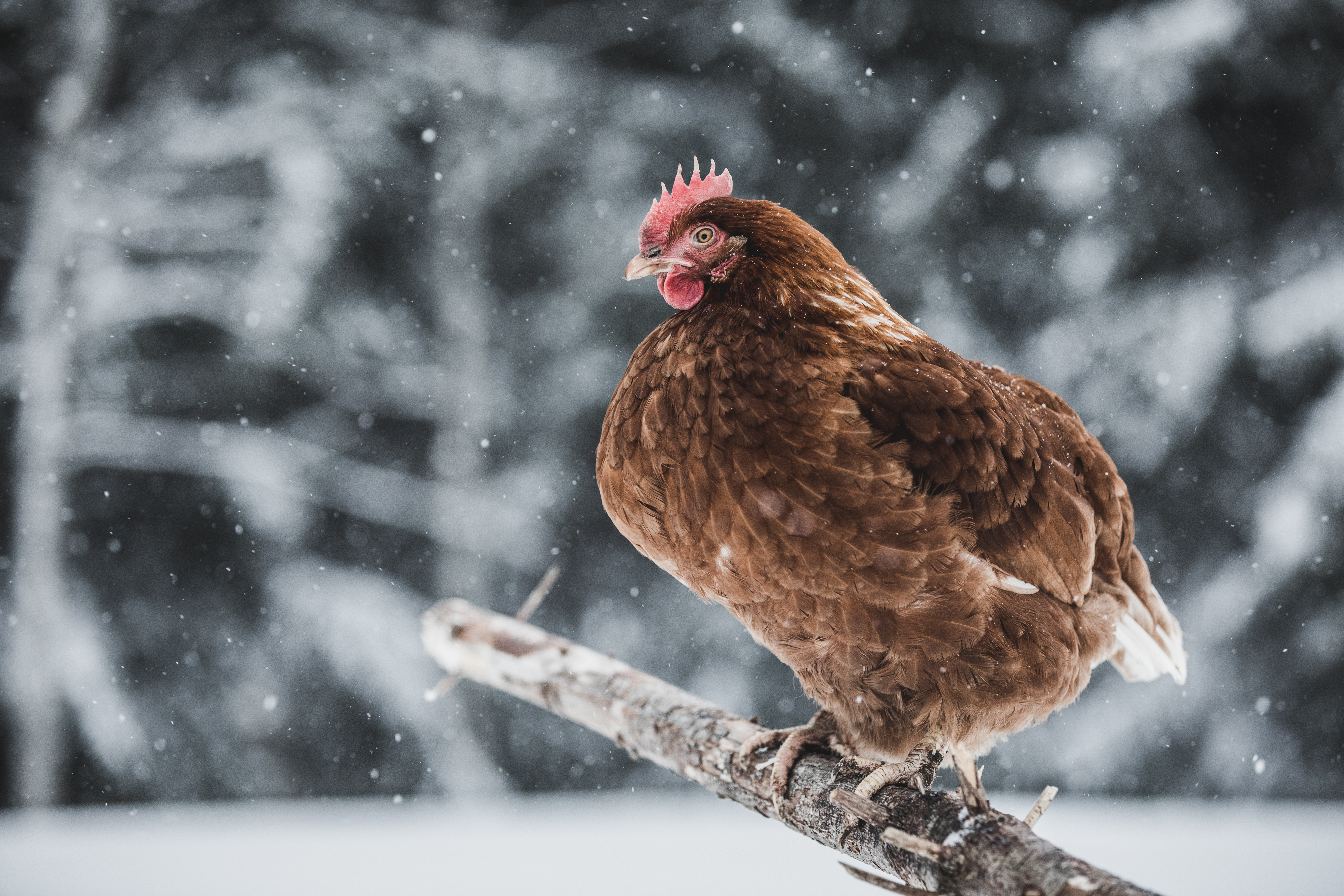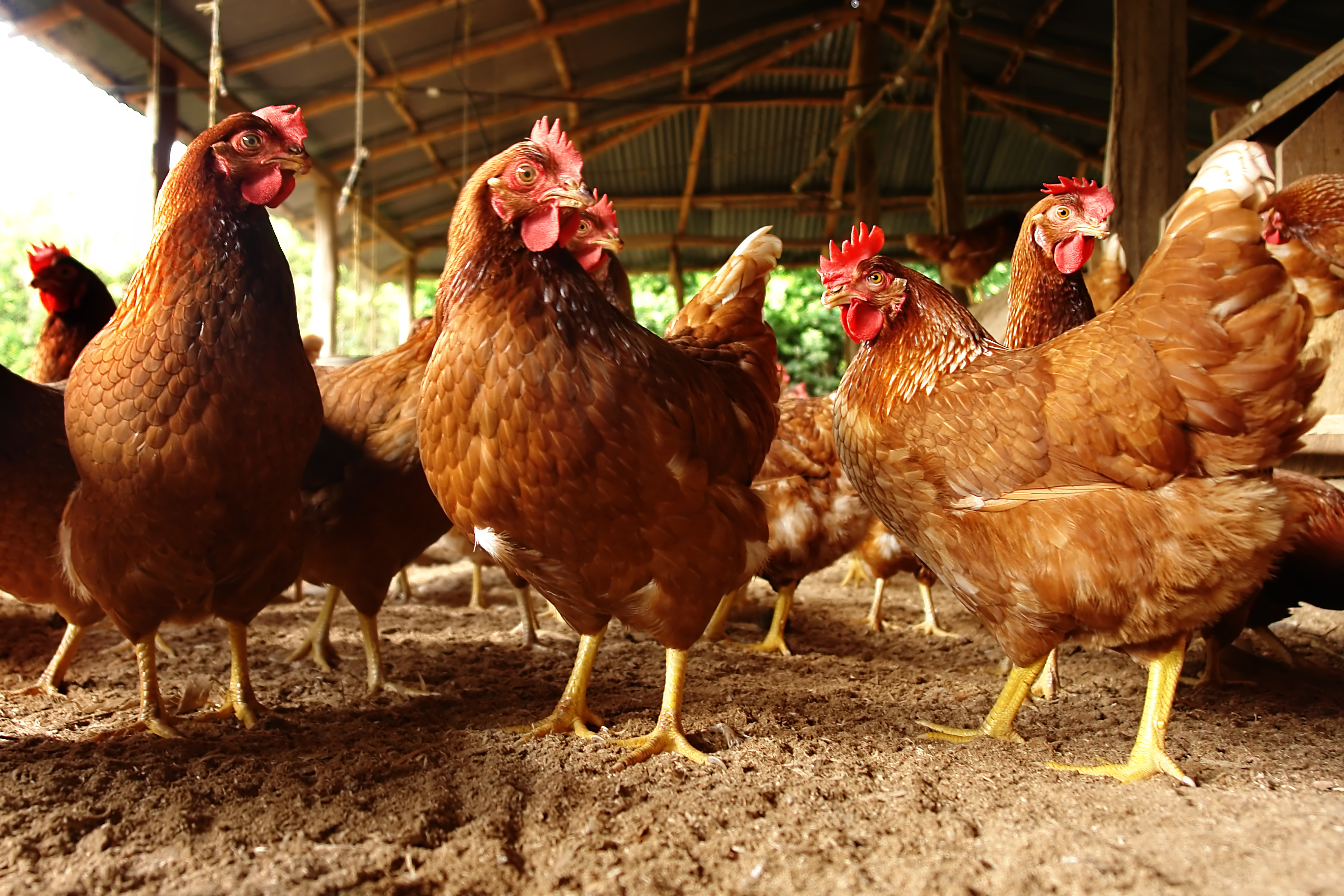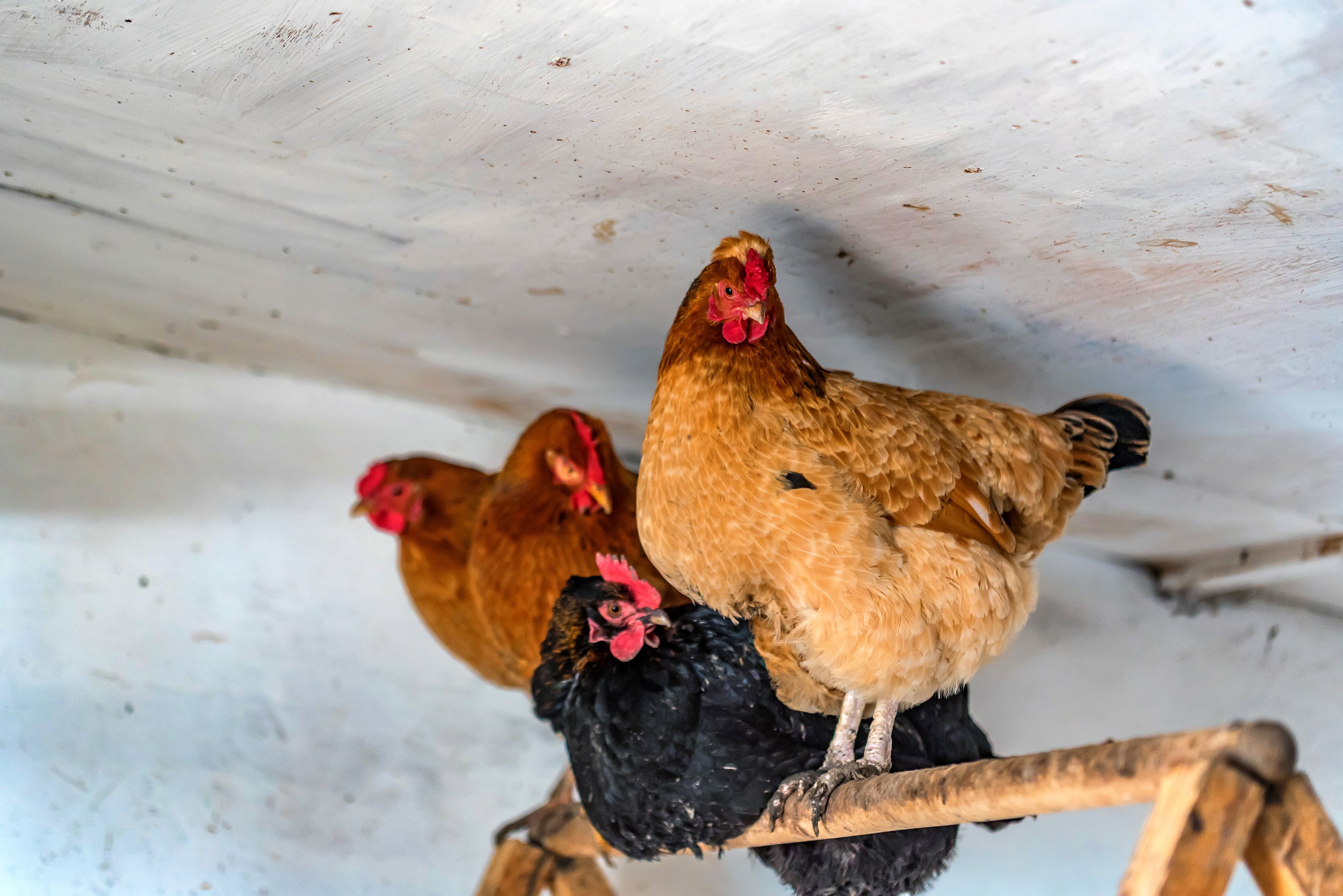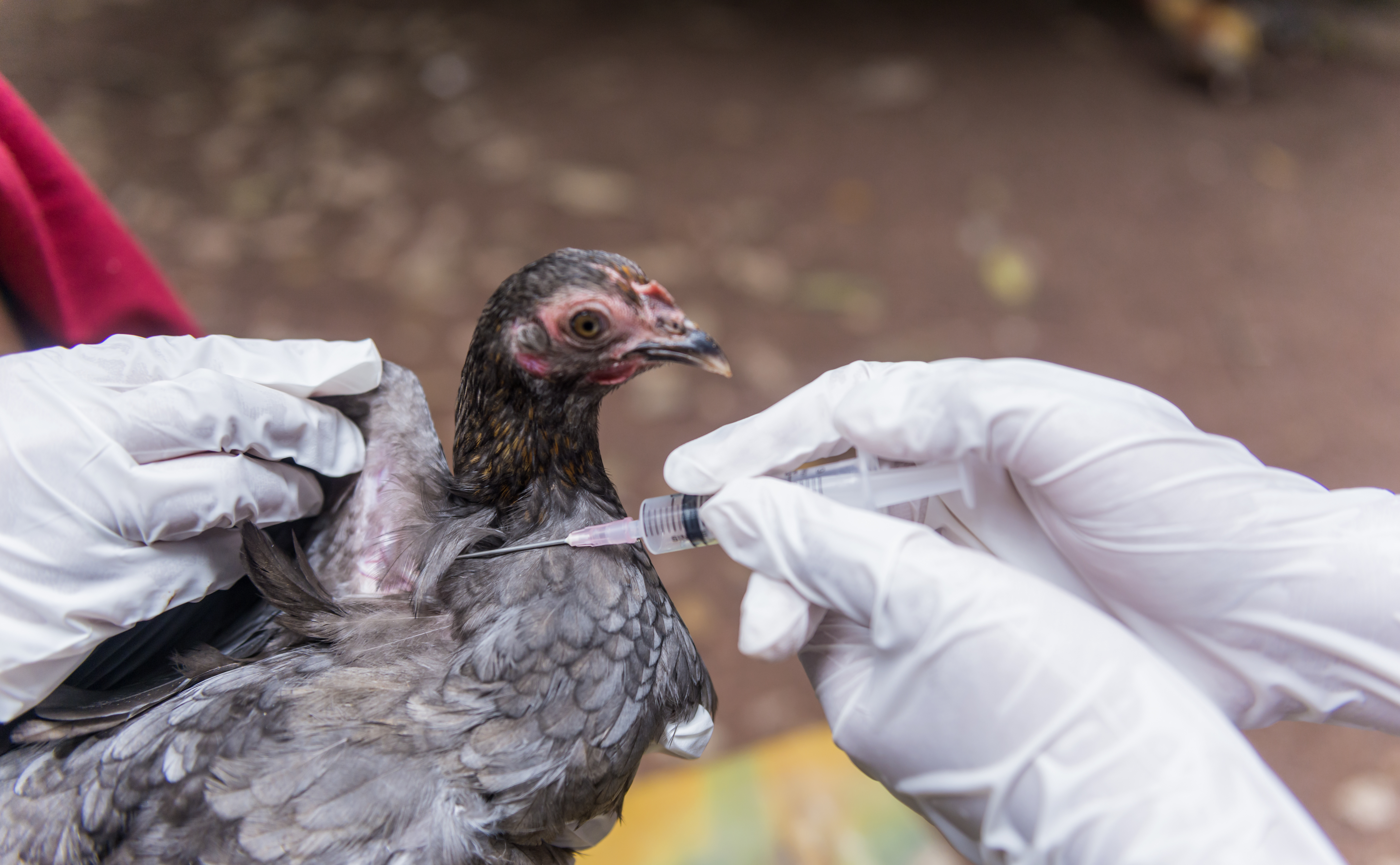



The Chicken Whisperer: managing a moulting flock
’Tis the season for moulting. In this podcast, Dr Brigid McCrea and Andy Schneider want to combat the misinformation on moulting and answer some common questions about the process.Part of Series:
< Previous Article in Series Next Article in Series >
The function of feathers
Feathers are an active advertisement of the birds’ health – if a bird has glossy, strong and soft feathers, it tells other birds that they are parasite-free and have access to enough food and water to thrive. However, once every 12-14 months, chickens need to drop their feathers and replace them with new ones. This removes the damaged feathers, lets the birds maintain their social status and advertises their health to others.
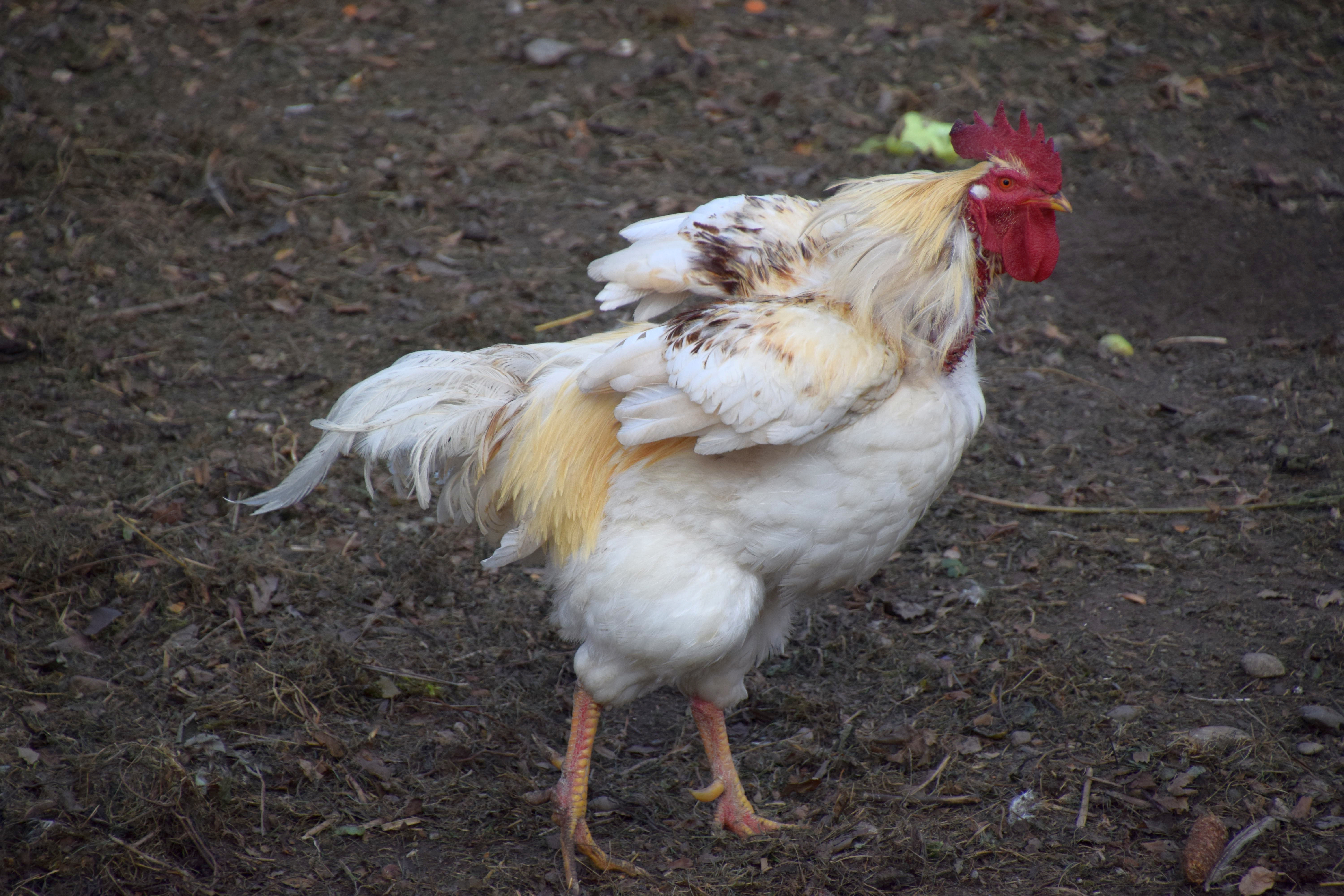
Though moulting can happen at any time, chickens in the Northern hemisphere tend to moult in the late summer or early autumn.
Since moulting is energy intensive, it impacts a chicken’s metabolic functions and behaviour. In Schneider and McCrea’s experience, it’s difficult for a bird to both moult and produce eggs at the same time – they tend to do one or the other.
McCrea categorises her birds as either “efficient/late moulters” or “lazy/early moulters”. Birds in the efficient or late category tend to lay well and consistently throughout the year, will suddenly stop producing eggs, and drop their feathers quickly. Lazy or early moulters however, are generally not good egg producers and will moult slowly over multiple weeks. In some cases, it can take a lazy moulter 4-6 months to discard and regrow their feathers.
How to tell if your bird is moulting
McCrea tells listeners that explosion moulting – where egg production stops completely and backyard keepers are greeted with a pile of feathers and a bald bird – isn’t common. Chickens will usually drop their feathers in sections, following a pattern.
The moulting pattern usually begins with the ten outer feathers on the wing called the primary feathers. Chickens will start dropping the primary feathers that are immediately next to the axial feather (in the middle of the wing). Keepers will be able to identify the early stages of a moult if the primary feathers are 1/3 or 2/3 the length of the axial feathers. McCrea also tells listeners to look for feathers that are shorter, brighter and shinier than their neighbours. Efficient or late moulters will lose their primary feathers in groups of two or three. Poultry keepers should be able to spot the new feathers if they extend the wing. In her experience, the bird’s moulting pattern on one part of their body will not be mirrored on the other side – so don’t be alarmed if your bird has bald patches.
McCrea and Schneider note that chickens will preen more than usual when they moult, so be sure to give them enough space and enrichment to express this behaviour.
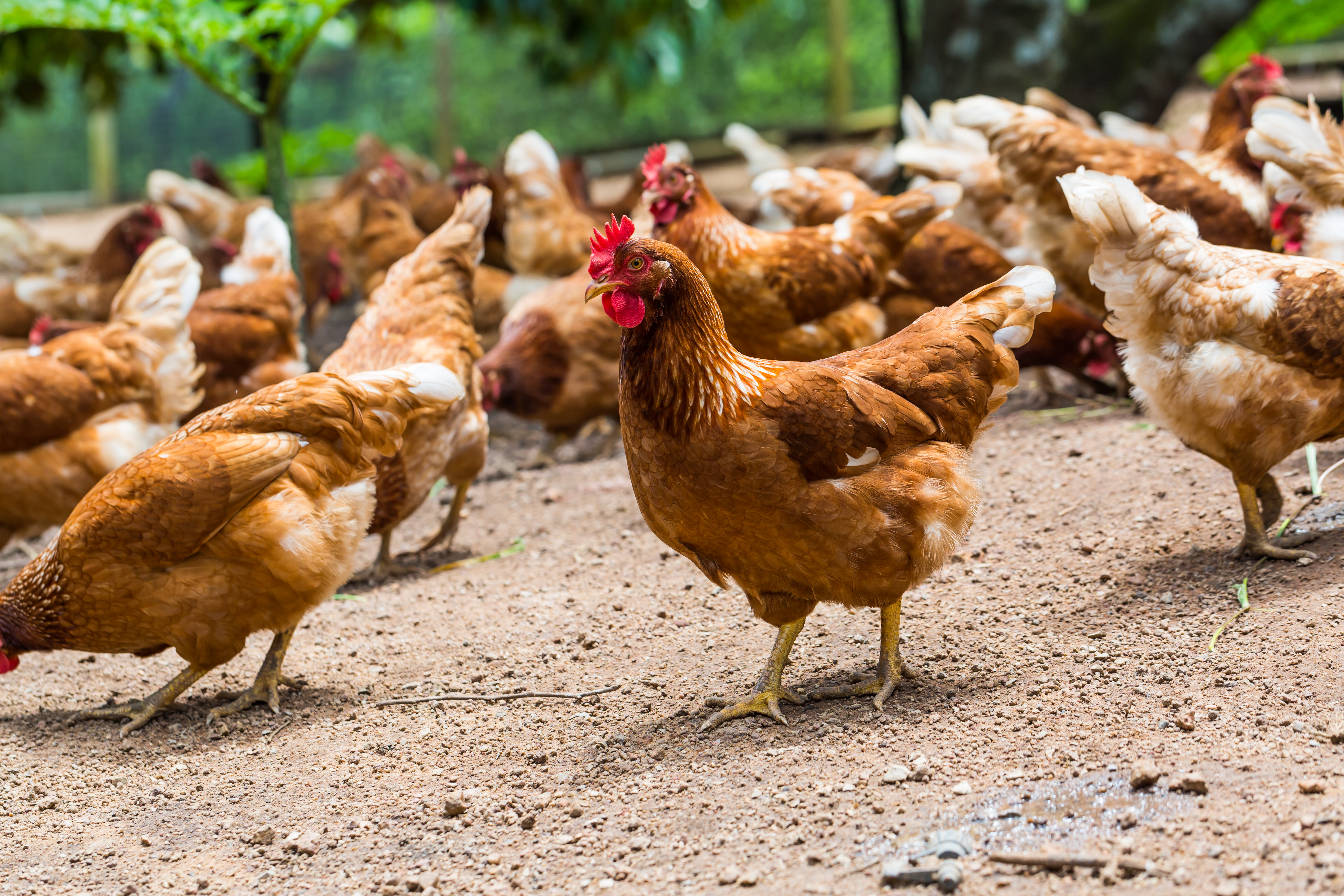
Moulting Q&A

What is a brood patch?
A brood patch is a specialised moult that occurs on the chicken’s breast. This moulting pattern tends to happen when a hen starts to lay and sit on her eggs – it lets the eggs have direct contact with her skin, making them warmer. Backyard keepers will usually see this moulting pattern in the spring. Though brood patches aren’t a problem per-se (they can be genetic in some cases), McCrea tells listeners to make sure they frequently pick up eggs and check nest boxes.
Why does my bird have bald patches?
That answer depends on where the bald patches are. If the area around neck or back of the head and comb is missing feathers, it’s usually an over-affectionate rooster. If the vent area is missing feathers or looks irritated, this could indicate a mite or parasite problem. McCrea also tells listeners that feather-legged birds will lose the feathers on their legs as part of a regular moult.
Is it typical for birds in moult to eat their feathers?
According to McCrea, this isn’t a normal behaviour. If your birds start to eat their own feathers, it’s an indication that something is wrong (usually, it’s a dietary issue). Poultry keepers should review their husbandry practices and consult a vet if the behaviour persists.
How can I help my birds when they moult?
McCrea’s first advice is to feed the chickens a balanced diet that’s designed for laying hens. Don’t feed the hens cat food, game food or increase their calcium intake. If backyard keepers start feeding their birds new nutrient-dense food, it may slow the moulting process and put hens at a disadvantage. It can also contribute to dietary issues like obesity.
McCrea warns listeners that if chickens have too much energy, they may start feather pecking or cannibalise their flock mates. Keeping their diet consistent and balanced was the best way to help the moulting process along.
One area where moulting birds may need human help is during new feather production. Typically, the new feather is wrapped in a flake (this is the translucent or whitish segment around the follicle). The flake needs to be stripped off the new feather after it’s broken through the skin. The flake should come away from the feather easily. McCrea cautions listeners that yanking on the new feathers is painful for the birds. McCrea tells listeners to take care when stripping the flake around younger or unvaccinated birds since the flake can contain Marek’s disease.
Both McCrea and Schneider subscribe to the theory that moulting is a natural process. Chickens have been dropping their feathers for thousands of years without human intervention, so they probably don’t need much help. However, tracking your birds’ moulting process will help you get the most out of your backyard flock.










